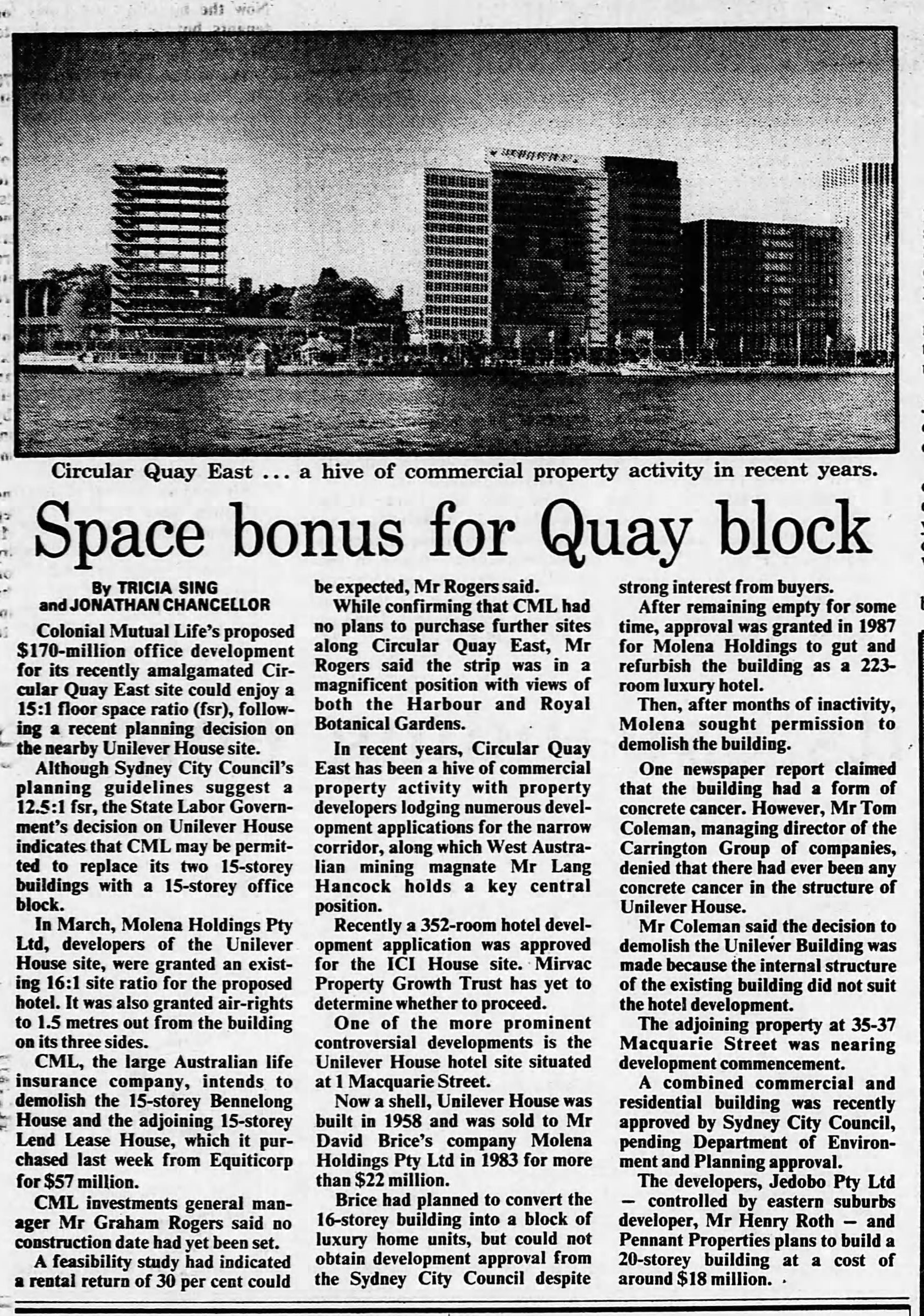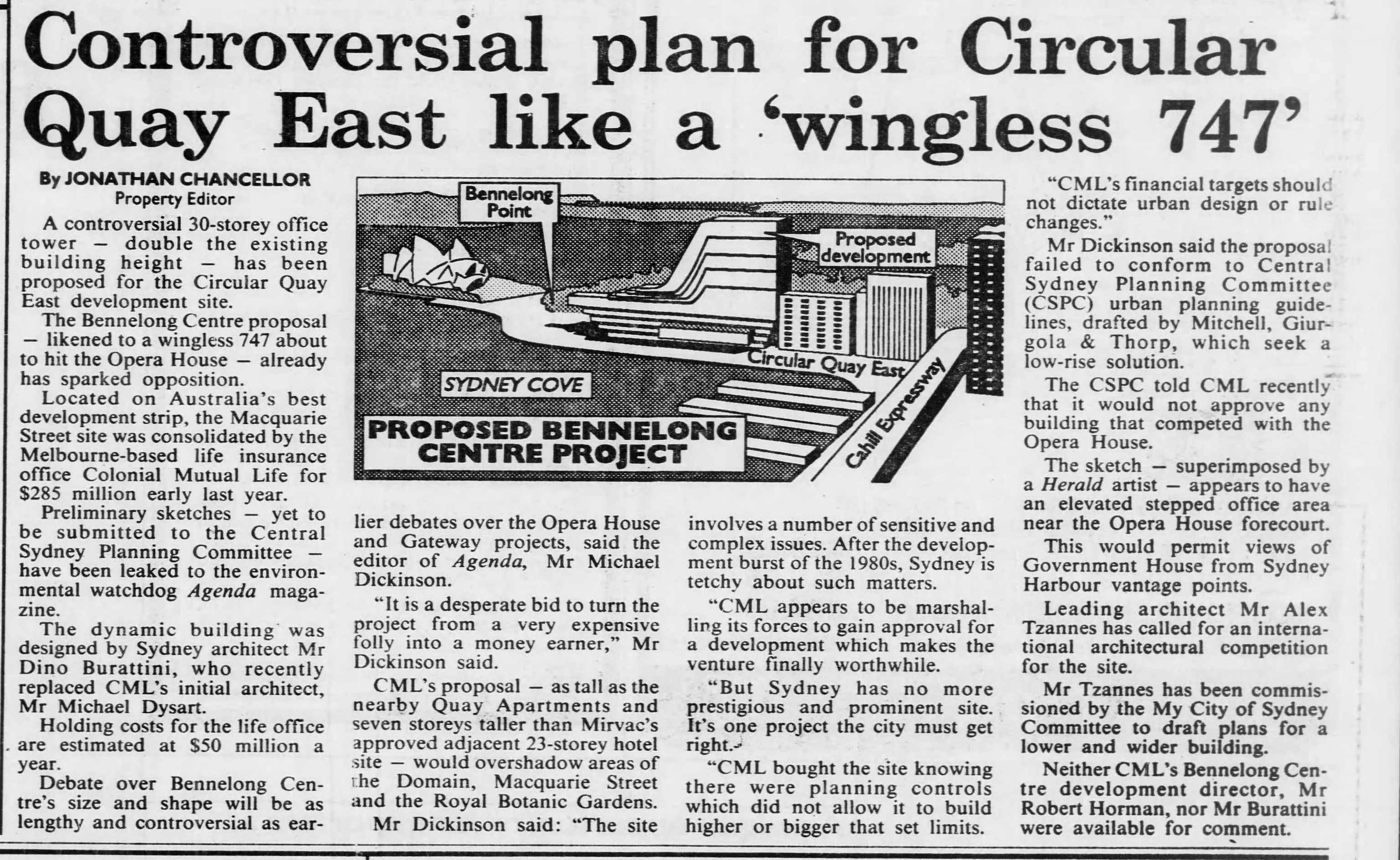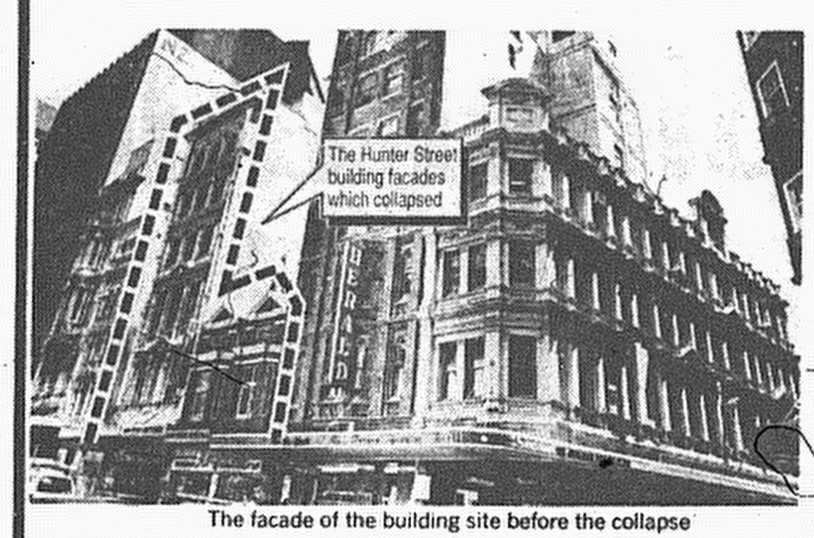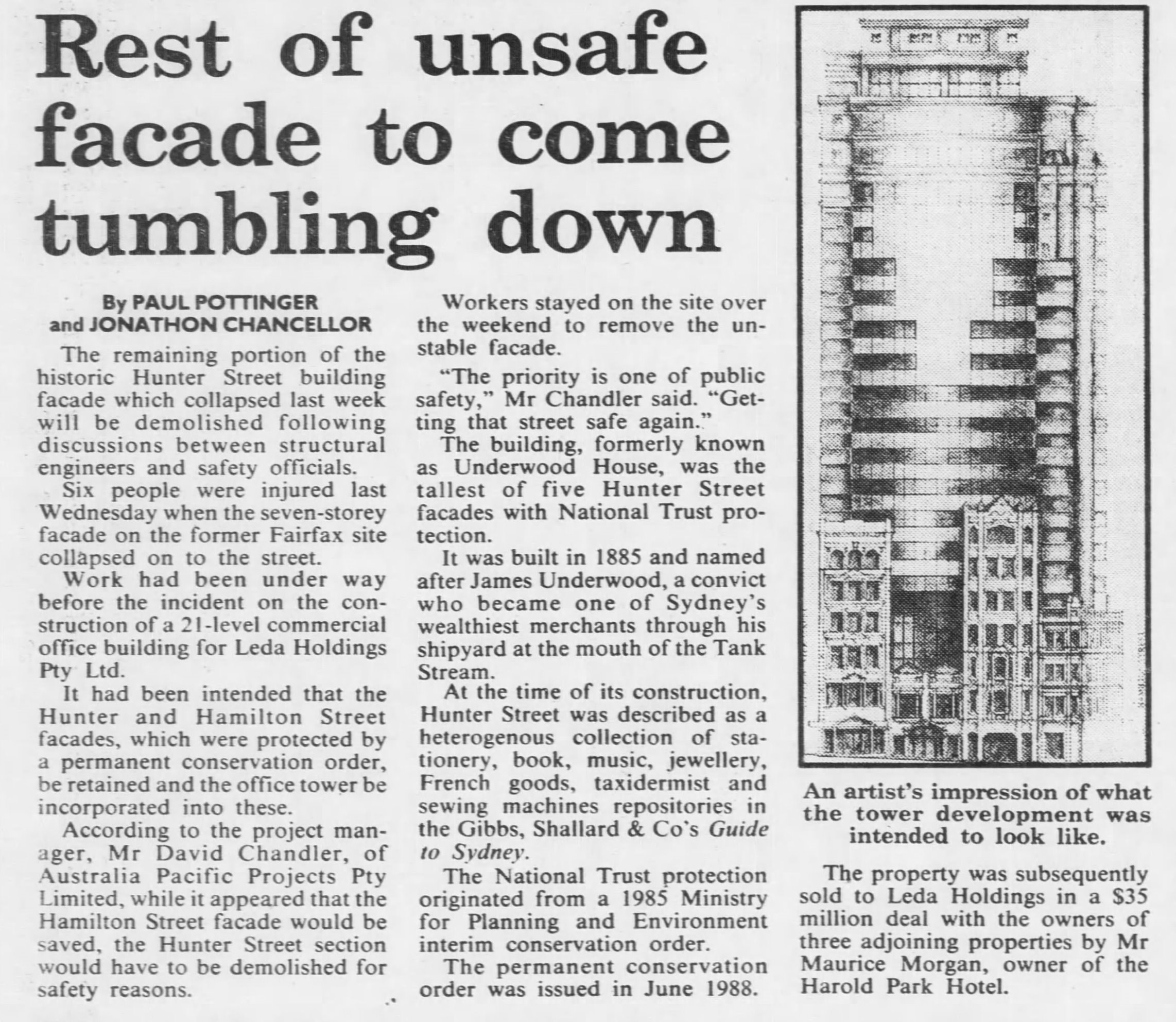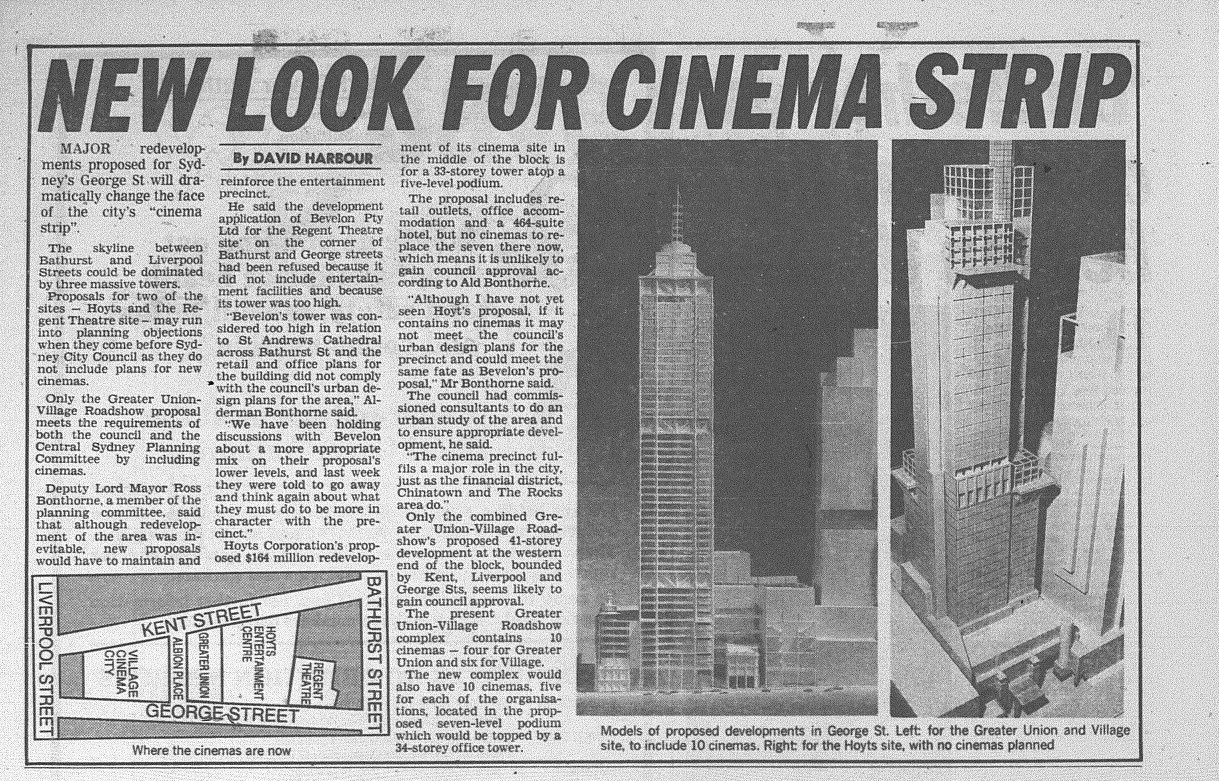In 2024, one may find that a timetable service may not stop at your station or you are on the train and then find out that the service will not stop at your destination.
Sometimes on the T4 line, a South Coast Line service that is meant to terminate at either Martin Place or Bondi Junction ends up terminating at the interurban platforms at Central forcing "all out, all change".
Usually, this happens when a train is delayed. It is done to assist in maintaining on-time running or to aid in getting the broader timetable on time following a major delay, e.g., signal failure.
In 1990, The Sunday Telegraph interviewed Rob Schwarzer (CityRail Chief) about the situation after NSW Shadow Transport Minister Brian Langton (ALP, Kogarah) had revealed to Parliament the previous week that drivers had been ordered to skip stations. He cited one example where a train from Sutherland bound for the city skipped 14 stations. The driver was directed to run it express to Redfern. Langton himself was a regular rail commuter.
Source: Grimshaw, P. 1990. "Trains told to skip stations". The Daily Telegraph Mirror, November 29: 1 & 4.
The interview gave us answers. Schwarzer was asked whether or not train skipping was acceptable. He responded with "it is a standard operating practice" and that is necessary to do so. Either cancel the train and "get it out of the road" or return it to the regular timetable. Another element considered, according to Schwarzer, was whether there was a suitable alternate service after the now-altered service. Another question arose - What if commuters are already on the train and want to get off if stations were to be skipped? He stated it was "very rare" as stopping patterns were not generally changed once the run began. The second part of the interview focused on reforms to CityRail and even one question about a new North Shore line (likely a reference to what is now the Epping-Chatswood line, originally heavy rail, now a section of the M1 metro line).




